Walking through the marbled halls of the Tempio Malatestiano in Rimini, I’m struck by how one building can tell so much about Renaissance power and ambition. This architectural marvel, officially named for St. Francis, actually takes its popular name from Sigismondo Pandolfo Malatesta, the ruthless nobleman who commissioned its transformation in 1447.
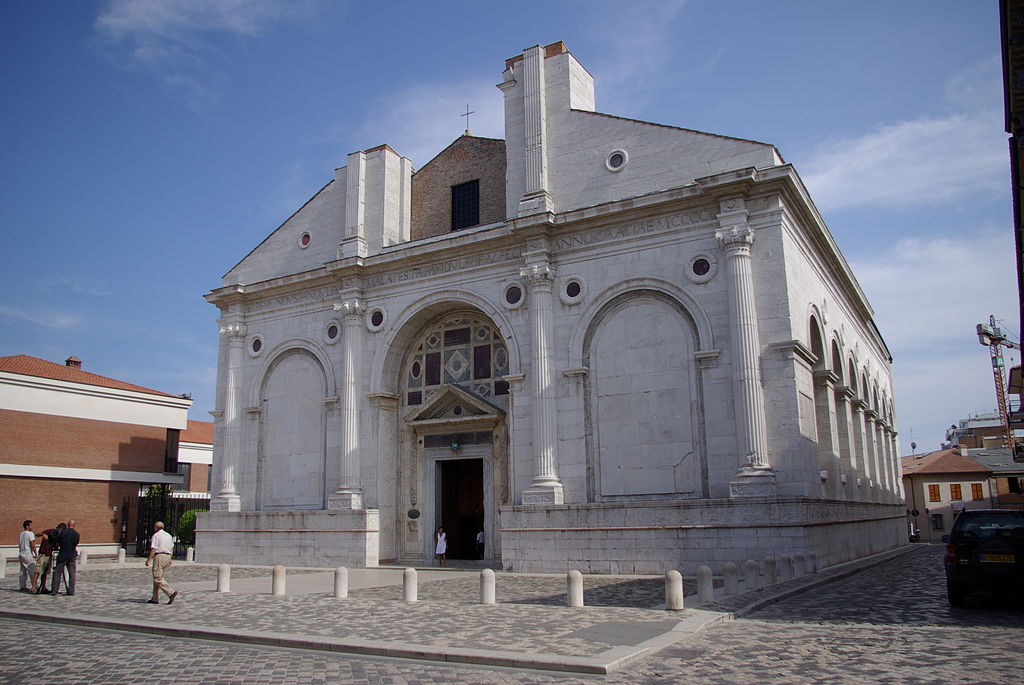
The Malatesta Temple stands as one of Italy’s most fascinating examples of how art, power, and politics intertwined during the Renaissance. What began as a simple church became a grand statement of personal glory when Sigismondo enlisted leading artists and architects to reimagine the space. The Malatesta family had established themselves as dominant rulers in Rimini through military prowess and political opportunism.
What fascinates me most about this temple is how it mirrors Sigismondo’s ambitions. Walking around the exterior, you can see how the unfinished façade tells a story of grand dreams partially realized.
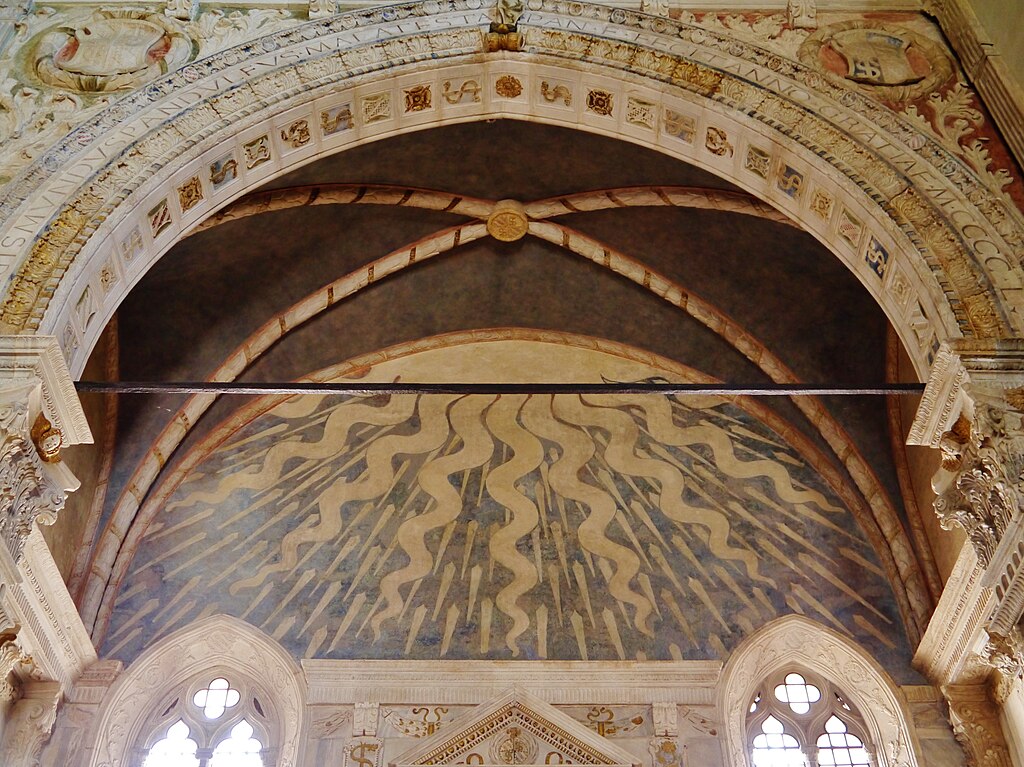
Inside, the blend of Christian symbolism with pagan elements reflects the complex personality of its patron. The temple isn’t just a religious building—it’s a Renaissance dream cast in stone, a personal monument disguised as a house of worship.
Unraveling the Mystery: The Malatesta Dynasty and Rimini
The story of Rimini is inseparable from the powerful Malatesta family whose influence shaped the city’s destiny for centuries. Their legacy is etched into the very stones of the city, most notably in the magnificent Malatesta Temple.
The Rise of the Malatesta Family
The Malatesta family emerged as a significant political force in the Romagna region during the Middle Ages. I’ve always been fascinated by how they gradually consolidated their power in Rimini.
Beginning as minor nobles, they cleverly positioned themselves in the complex political landscape of medieval Italy. They officially gained control of Rimini in the 13th century.
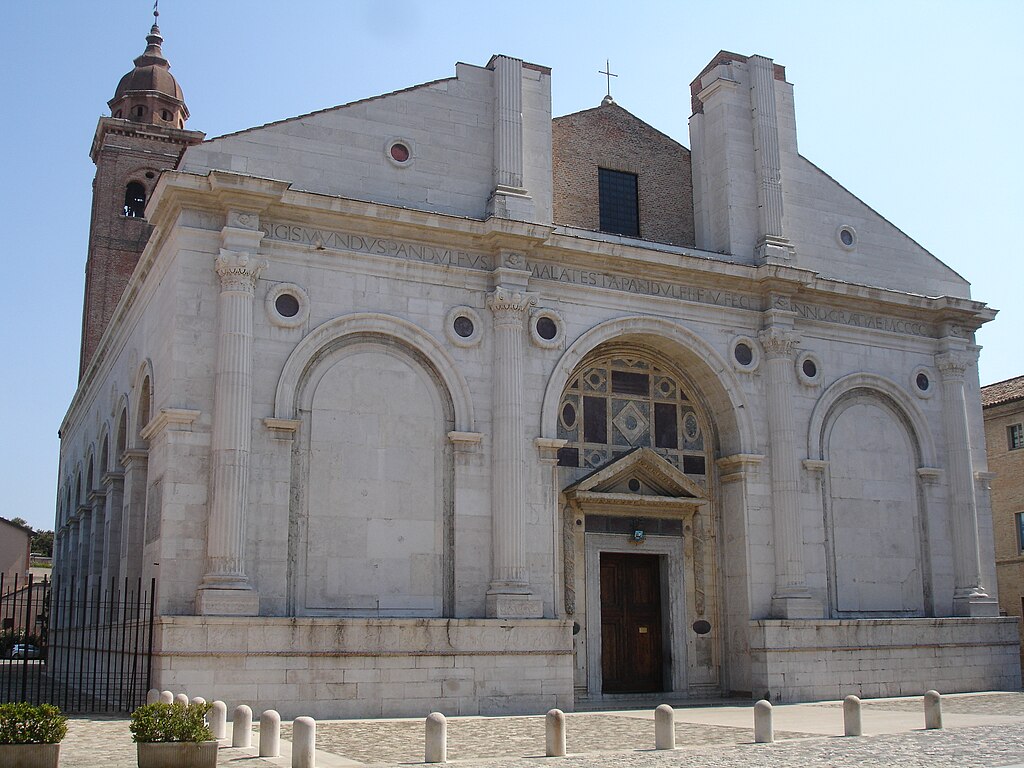
What I find remarkable is how they maintained their rule by balancing alliances between greater powers. The family led the Guelf party in the region, supporting papal interests while securing their own position.
Their influence extended beyond Rimini to neighboring towns and territories. Walking through Rimini today, I can still feel their presence in the city’s layout and architecture. Their rule wasn’t just about military strength—it was about creating a lasting legacy through political savvy and cultural patronage.
Sigismondo Pandolfo Malatesta: The Warrior and Patron
Sigismondo Pandolfo Malatesta stands out as the most famous ruler of the dynasty. Born in 1417, he embodied the Renaissance ideal of a ruler who excelled in both warfare and cultural patronage. I’m always struck by the contradiction in his character—a brutal military commander who also supported the finest artists of his day.
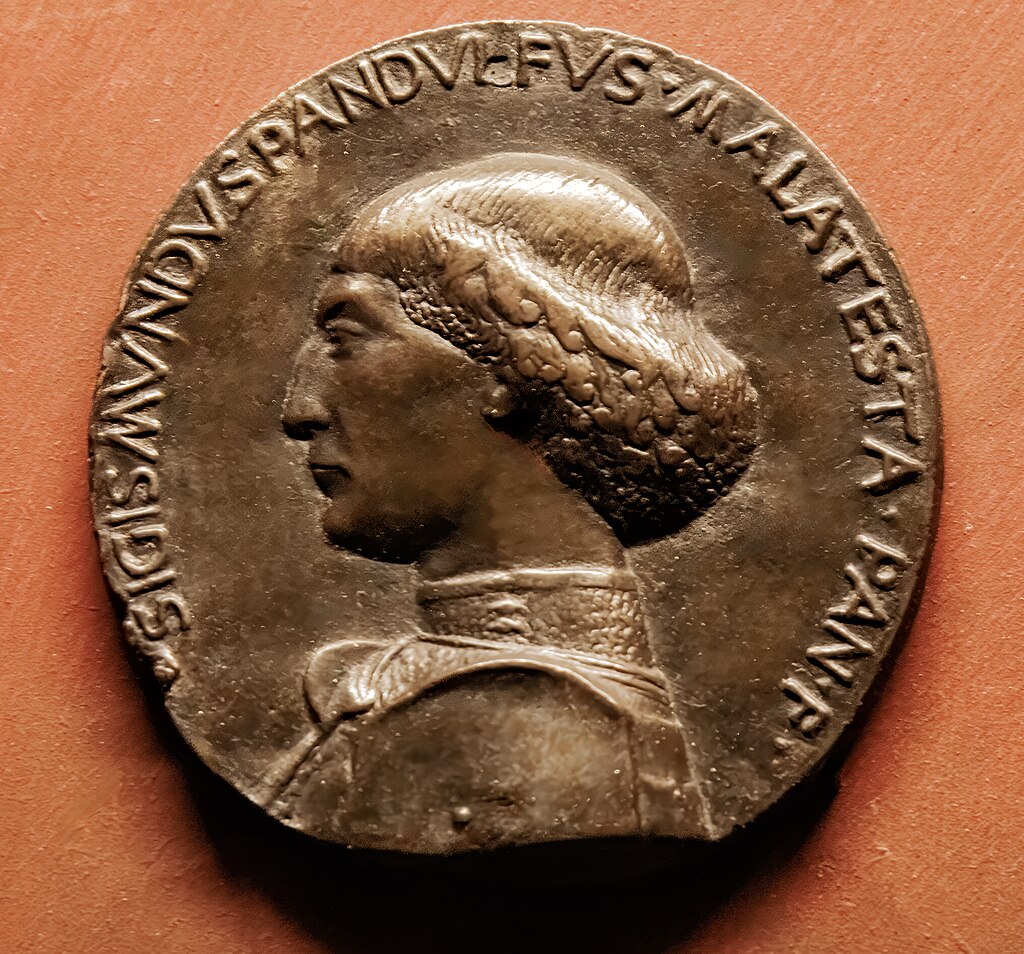
Under his rule, Rimini blossomed into a Renaissance center. His most ambitious project was transforming the city’s San Francesco church into what we now call the Malatesta Temple.
Designed by Leon Battista Alberti, one of the greatest architects of the Renaissance, it was intended as a family mausoleum.
What makes the temple special to me is how it reflects Sigismondo’s personality and ambitions. Despite never being completed, it remains one of Italy’s most significant 15th-century buildings and a must-visit when in Rimini.
Conflict and Conquest: Rimini as a Power Center
During the Malatesta rule, Rimini transformed from a small town into a significant power center. I’ve studied how the family built Castel Sismondo, a formidable fortress that served as both military defense and symbol of their authority. Parts of it still stand today, offering visitors a glimpse into the city’s turbulent past.
The Malatestas were continuously engaged in power struggles with neighboring lords and larger powers like Venice and the Papal States. Sigismondo himself was a mercenary captain who fought for various employers, including the Pope and the King of Naples.
His military campaigns brought both wealth and enemies to Rimini. Eventually, Pope Pius II turned against him, even declaring him a heretic. I find it fascinating how these political conflicts shaped the city’s development and ultimate fate.
By 1468, with Sigismondo’s death, the family’s control began to wane, and by 1528, Rimini fell under papal control.
A Portrait of Power: Tempio Malatestiano’s Commission and Design
The Tempio Malatestiano in Rimini stands as a bold statement of Renaissance ambition and political power. This unfinished cathedral church reveals how art and architecture became tools for displaying authority and prestige during the 15th century.
Innovative Architecture by Alberti
Leon Battista Alberti’s design for the Tempio Malatestiano broke new ground in Renaissance architecture. When I visited the site, I was struck by how the marble façade creates an impressive monument that resembles a Roman triumphal arch. This was no accident.

Alberti received the commission directly from Sigismondo Pandolfo Malatesta, the powerful lord of Rimini. The building’s classical elements weren’t just decorative—they connected Sigismondo to the glory of ancient Rome.
Though never completed as planned, the temple’s innovative design features include:
- Harmonious proportions based on mathematical principles
- Classical columns and arches
- Integration of pagan and Christian motifs
Artistic Commission: The Effort to Display Prestige
Walking through the Tempio today, I can feel Sigismondo’s ambition in every stone. He commissioned this structure around 1450 as both a family mausoleum and a monument to himself. The temple was meant to transform a Gothic church into a Renaissance masterpiece.
Sigismondo’s reputation was complex—celebrated for cultural refinement yet infamous for alleged depravity. The temple project aimed to enhance his image as a cultured ruler worthy of respect.
The interior features works by notable artists of the period, including a portrait of Sigismondo himself by Piero della Francesca. This painting, created around 1451, complements the architectural statement by presenting the lord as dignified and powerful.
Every aspect of the design communicates Sigismondo’s status and authority to visitors, then and now.
The Allure of Renaissance Art: Masterpieces Inside Malatesta Temple
Inside the Malatesta Temple, visitors can discover stunning Renaissance artworks that showcase both religious devotion and political power. The interior reveals the artistic vision that made this temple a true masterpiece of Italian Renaissance culture.
Piero della Francesca’s Portraits: Depicting the Malatesta
When I visited the temple, I was immediately drawn to Piero della Francesca’s remarkable fresco showing Sigismondo Malatesta kneeling before his patron saint. Created in 1451, this profile portrait brilliantly captures the lord’s strong features and determination.

The artist’s mastery of perspective and light gives the portrait an almost three-dimensional quality. Sigismondo appears both powerful and pious – exactly the image he wished to project to visitors and rivals alike.
What fascinated me most was how this artwork blends religious devotion with political messaging. By depicting himself in prayer, Sigismondo cleverly balanced his controversial reputation with a display of faith that would please the church.
Sacred and Secular Symbolism: The Diverse Imagery
Throughout my exploration of the temple, I noticed how religious and classical themes intertwine in unexpected ways. The interior decorations feature both Christian symbols and references to ancient Roman deities like Venus.
This bold mixing of sacred and secular was typical of Renaissance thinking but pushed boundaries even then. Pope Pius II actually condemned Sigismondo for filling a sacred space with “pagan” imagery.
The sculptural elements showcase this dual nature perfectly. Religious scenes appear alongside classical motifs, reflecting Rimini’s Roman heritage and Sigismondo’s humanist interests.
I was struck by how the art serves multiple purposes: inspiring religious devotion, displaying Malatesta family pride, and showcasing Renaissance artistic innovations. This blend makes the temple not just a church but a statement about art, power, and ambition.
Historical Footprints: Major Events and Figures in Malatesta’s Realm
The powerful Malatesta family shaped Rimini’s history through political intrigue, military campaigns, and artistic patronage that culminated in the creation of the Malatesta Temple.
Sigismondo’s Tumultuous Reign and Its Impact
Sigismondo Pandolfo Malatesta ruled Rimini from 1432 to 1468, establishing himself as one of the most controversial figures of the Italian Renaissance. His grandfather, Pandolfo IV, had previously secured the family’s position, but it was Sigismondo who truly transformed Rimini’s landscape.
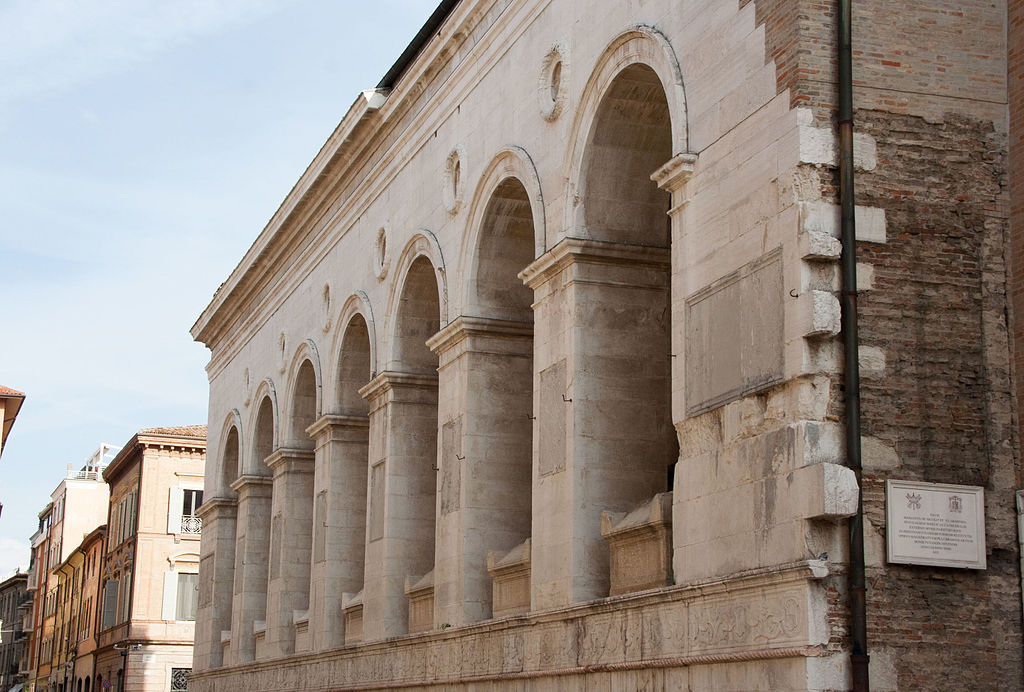
As a brilliant military commander, I’ve discovered that Sigismondo fought for various Italian powers, including Venice, Florence, and even the Papal States at different times. His mercenary activities funded his ambitious architectural projects, especially the Malatesta Temple.
Despite his cultural achievements, Sigismondo’s reputation suffered greatly. He was known for his fierce temper and ruthless tactics. His enemies accused him of numerous crimes, including murder and incest, which later influenced Pope Pius II’s campaign against him.
The Political Maneuvering with Milan and Sforza
Sigismondo’s relationship with the powerful Milan duchy and Francesco Sforza was particularly complex. Initially allies, they became bitter enemies after Sigismondo’s betrayal in the 1440s.
The conflict began when Sforza, who would later become Duke of Milan, married Bianca Maria Visconti. This marriage threatened to upset the balance of power in northern Italy that Sigismondo had carefully navigated.
I’ve found that Sigismondo’s military campaigns against Sforza consumed massive resources and eventually weakened his position. Their mutual hatred became legendary in Renaissance Italy.
By 1450, with Sforza firmly established in Milan, Sigismondo was increasingly isolated politically. This forced him to seek new alliances, sometimes making dangerous compromises that would later prove costly.
Pius II: The Papal Opposition and Its Consequences
Pope Pius II (formerly Aeneas Silvius Piccolomini) became Sigismondo’s most formidable enemy. Their conflict represents one of the most dramatic power struggles of the Renaissance.
In 1461, Pius II took the extraordinary step of conducting a mock trial, condemning Sigismondo in absentia. The pope’s accusations were devastating: heresy, murder, rape, incest, and sacrilege.
I’ve read that Pius even had Sigismondo burned in effigy in Rome. More critically, he declared a crusade against the lord of Rimini, stripping him of most territories except Rimini itself.
This papal opposition drove Sigismondo to seek Ottoman support, further damaging his reputation. By the time of his death in 1468, his once-great realm had shrunk dramatically, though his architectural legacy—particularly the Malatesta Temple—remained as testimony to his ambitions.
Exploring the Surroundings: Rimini and the Legacies of the Past
Rimini’s rich history extends far beyond the Malatesta Temple, weaving through ancient Roman roads and medieval power struggles that shaped this fascinating region of Italy.
Story-Filled Streets: Via Flaminia and Via Aemilia
Walking through Rimini, I’m always struck by how the ancient Roman roads still form the backbone of the city. Via Flaminia, built in 220 BCE, connected Rimini to Rome and serves as a physical reminder of the city’s strategic importance. The massive Arch of Augustus still stands at the entrance to this historic thoroughfare.
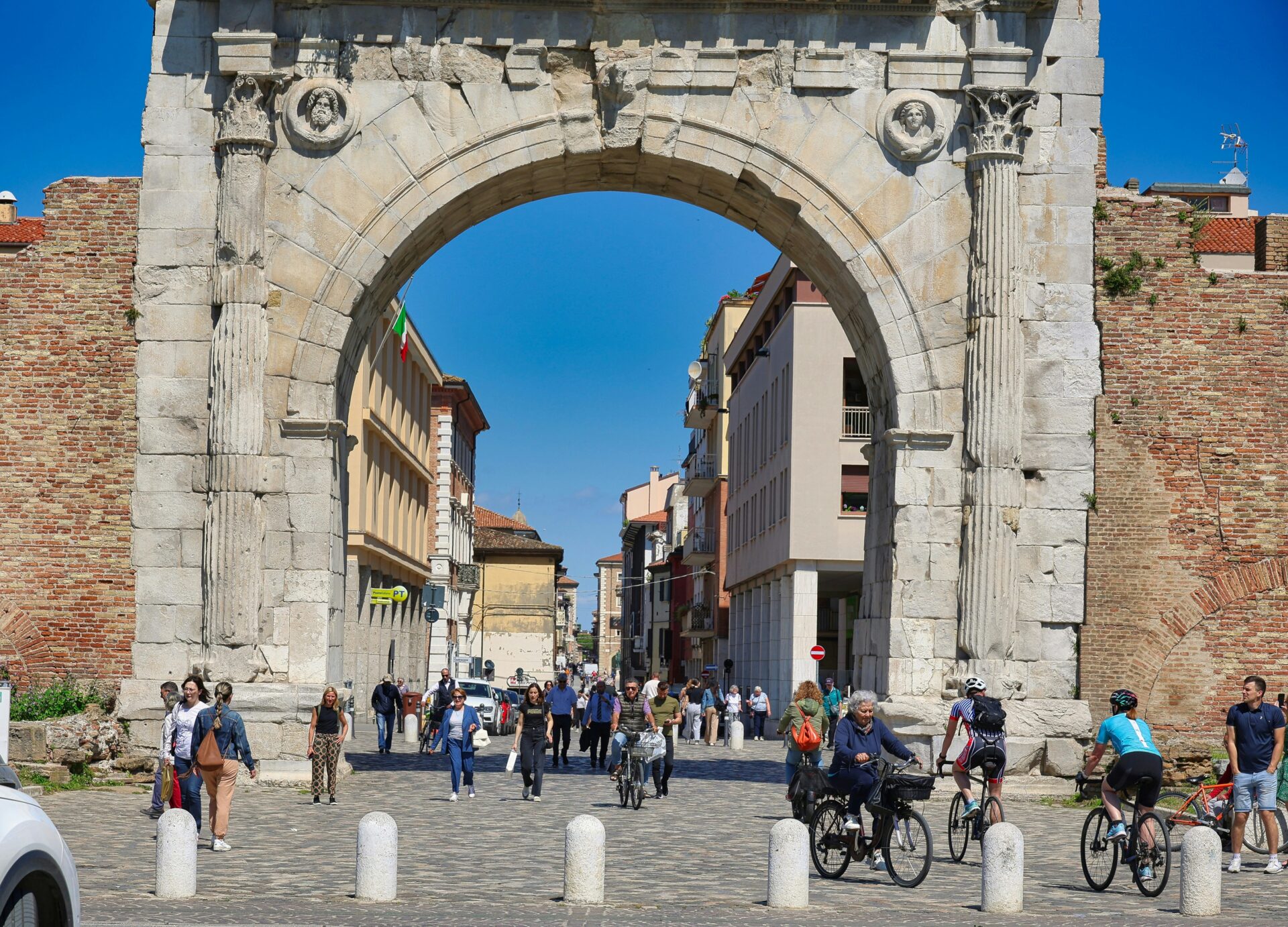
Via Aemilia, constructed in 187 BCE, ran northwest from Rimini toward Piacenza. These roads turned Rimini into a crucial crossroads for trade and military movements. As I stroll along these ancient pathways, I can almost hear the echoes of Roman legions and medieval merchants.
The city’s layout still follows this Roman grid pattern, with the ancient forum located near today’s Piazza Tre Martiri. Many visitors miss these subtle historical layers while rushing toward the beach!
The Montefeltro and Malatesta Rivalry in the Region
The Malatesta family of Rimini and the Montefeltro family of Urbino had a bitter rivalry. This wasn’t just political tension—it was a cultural competition that produced incredible artistic legacies.
Federico da Montefeltro, the Duke of Urbino, commissioned magnificent palaces and art to outshine Sigismondo Malatesta’s achievements in Rimini. Their rivalry even extended to Siena, where both families sought influence.
I’ve explored the castles built by both families throughout Romagna. These fortresses served dual purposes—protection from external threats and displays of power against each other. The Malatesta family’s origins stretch back to the 12th century, with their influence gradually spreading through military prowess and strategic marriages.
Rimini Today: Reflecting on History and Tourism
Modern Rimini beautifully balances its historical significance with its reputation as a beach destination.
Walking through the old town, I love seeing how carefully restored medieval buildings now house trendy shops and cafés.
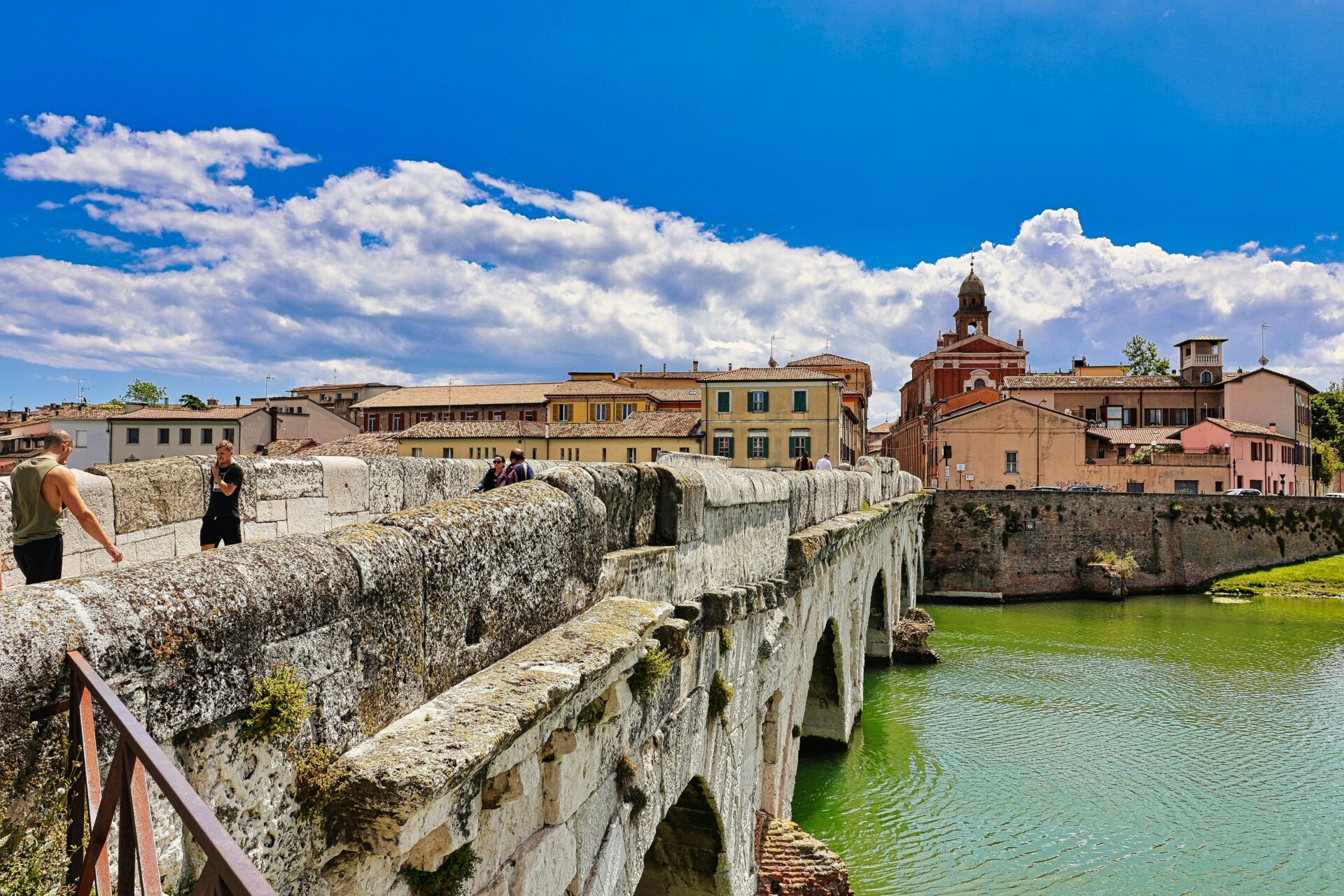
The city has done an excellent job preserving its cultural treasures while embracing tourism.
Beach resorts line the coast, but just a short walk inland reveals Rimini’s rich historical tapestry.
Summer festivals often celebrate the city’s Malatesta heritage with historical reenactments.
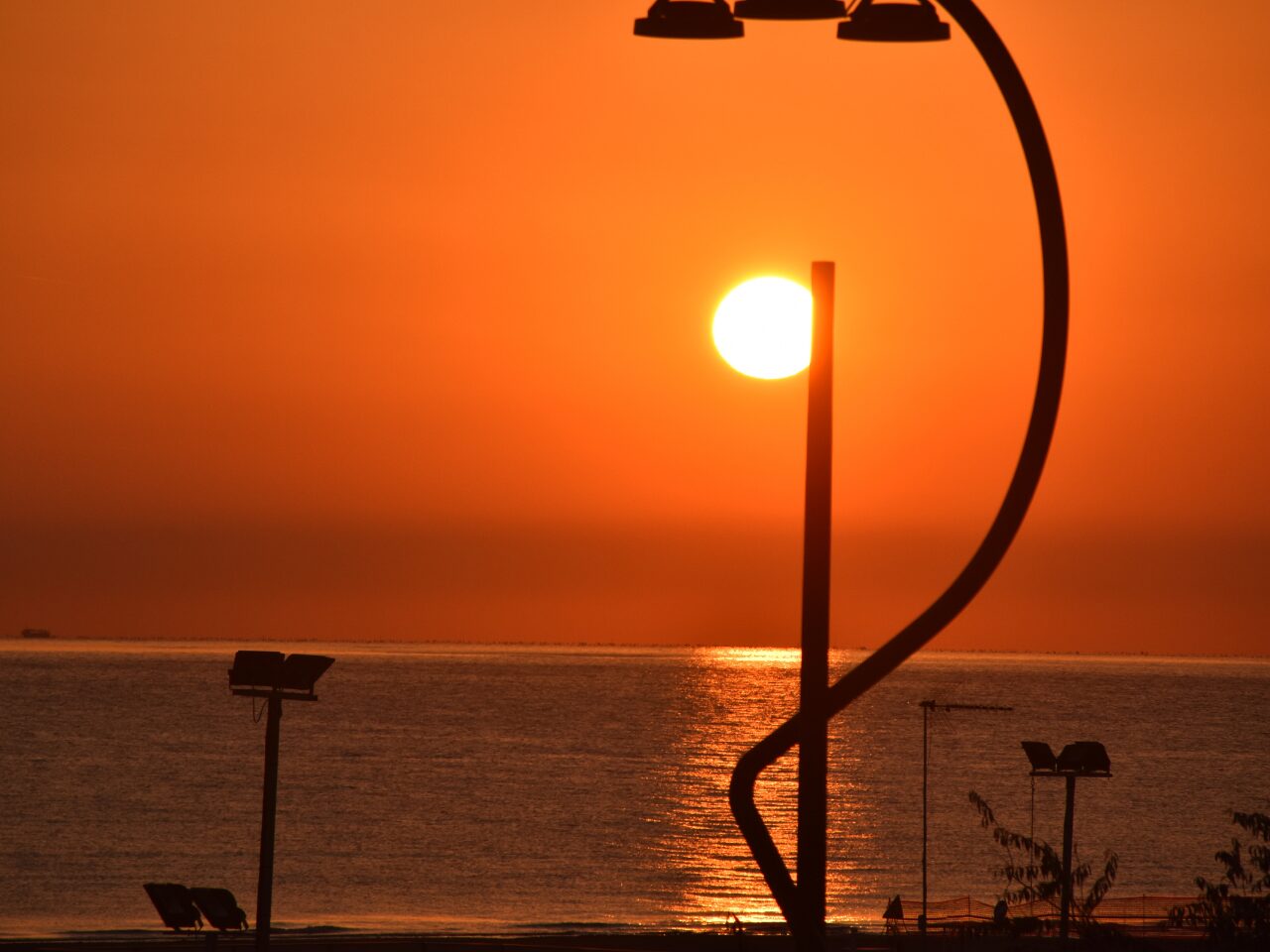
I’ve watched actors in period costumes bring the power struggles of the past to life in the shadow of actual Malatesta buildings.
Rimini’s museums offer fascinating glimpses into Roman artifacts, medieval manuscripts, and Renaissance art.
These collections provide context for the architectural wonders found throughout the city.

